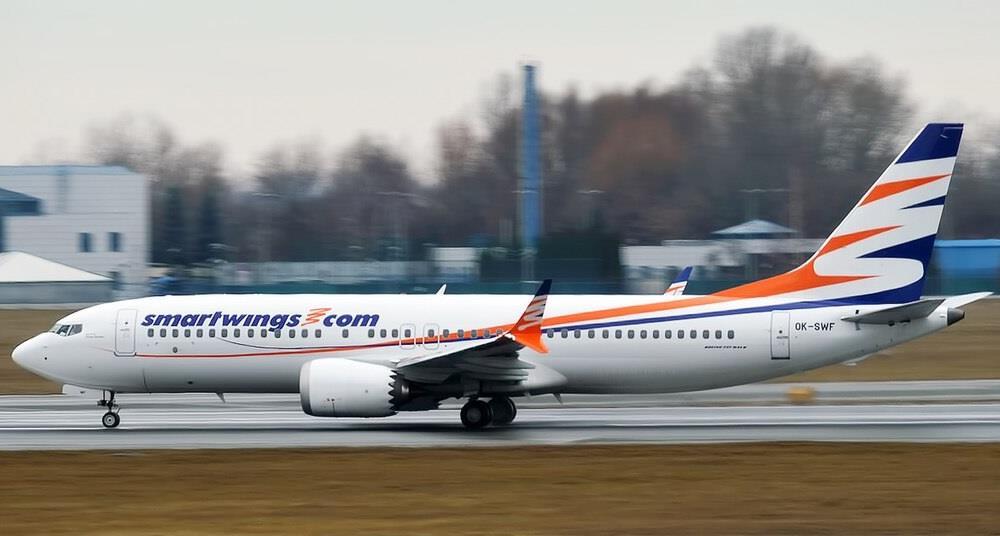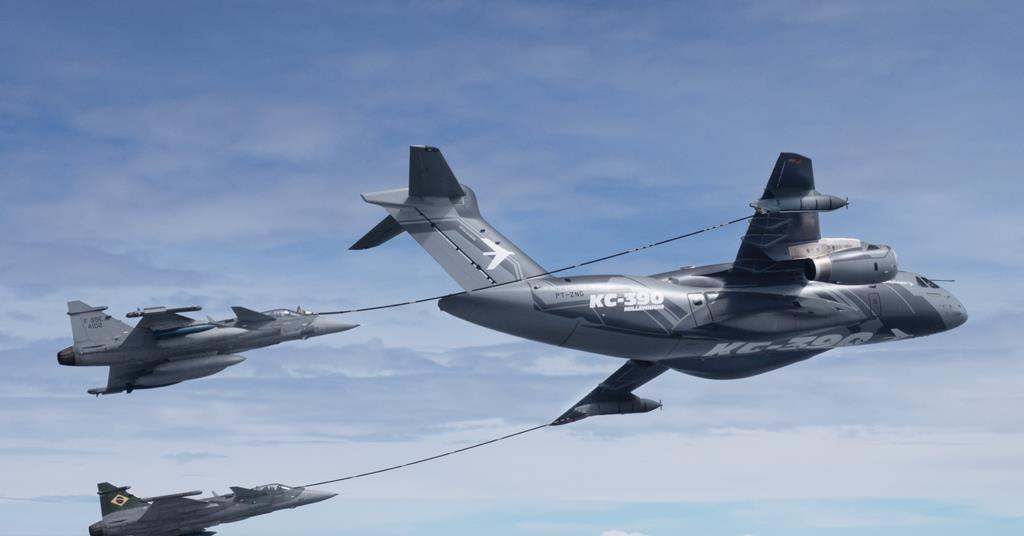French investigators argue case for monitoring pilot dual-input events
Company
Legal Links
Contact
- +44 7947 753363
- contact@skylineairporttransfers.co.uk
- 6 Walsall Street Bilston Wolverhampton WV14 0AT
Recent Posts
© Skyline Airport Transfers. Created by![]() Beaphoenix WebDesign ltd
Beaphoenix WebDesign ltd
Popular Locations:
Birmingham: Aston, Bournville, Edgbaston, Erdington, Great Barr, Hall Green, Handsworth, Harborne, Northfield, Quinton, Soho, Sutton Coldfield, Amblecote, Brierley Hill, Coseley, Cradley, Gornal, Halesowen, Kingswinford, Lye, Netherton, Sedgley, Stourbridge, Quarry Bank, Bearwood, Blackheath, Cradley Heath, Great Bridge, Old Hill, Rowley Regis, Smethwick, Tipton, Tividale, Wednesbury, West Bromwich, Balsall Common, Bickenhill, Castle Bromwich, Chelmsley Wood, Dorridge, Elmdon, Hampton in Arden, Kingshurst, Knowle, Marston Green, Meriden, Monkspath, Hockley Heath, Shirley, Aldridge, Birchills, Bloxwich, Brownhills, Darlaston, Leamore, Palfrey, Pelsall, Pheasey, Shelfield, Streetly, Willenhall, Bilston, Blakenhall, Bushbury, Compton, Ettingshall, Heath Town, Oxley, Penn, Tettenhall, Wednesfield, Burntwood, Lichfield, Cannock, Rugeley, KIDDERMINSTER, Brierly Hill,
STOURPORT-ON-SEVERN
Coventry: Allesley, Binley, Keresley, Stoke, Tile Hill
Leicester: Abbey Rise, Ashton Green, Aylestone, Beaumont Leys, Bede Island, Belgrave, Blackfriars, Braunstone, Braunstone Frith, Bradgate Heights, Clarendon Park, Crown Hills, Dane Hills, Evington, Evington Valley, Eyres Monsell, Frog Island, Goodwood, Hamilton, Highfields, Horston Hill, Humberstone, Humberstone Garden, Kirby Frith, Knighton, Mowmacre Hill, Netherhall, Newfoundpool, New Parks, North Evington, Northfields, Rowlatts Hill, Rowley Fields, Rushey Mead, Saffron, Southfields, South Knighton, Spinney Hills, Stocking Farm, Stoneygate, St. Matthew’s, St. Mark’s, St. Peters, Thurnby Lodge, West End, West Knighton, Western Park, Woodgate
Derby: Matlock, Ripley, Ashbourne, ILKESTON, SWADLINCOTE , BURTON-ON-TRENT, BAKEWELL,
ALFRETON, BELPER, HEANOR
Telford: Market Drayton, Newport, Shifnal, Broseley, Much Wenlock
Stoke: Stoke-on-Trent, Newcastle, Leek, Uttoxeter, Stone, Stafford
Worcester: Worcester, Droitwich, Pershore, Broadway, Evesham, Malvern, Tenbury Wells
Gloucester: Gloucester, Cheltenham, Stroud, Cirencester, Tewkesbury, Badminton, Berkeley, Blakeney, Chipping Campden, Cinderford, Coleford, Drybrook, Dursley, Dymock, Fairford, Lechlade, Longhope, LydbrookLydney, Mitcheldean, Moreton-in-Marsh, Newent, Newnham, Ruardean, Stonehouse, Tetbury, Westbury-on-Severn, Wotton-under-Edge.
Nottingham: Nottingham, Sutton-in-Ashfield, Mansfield, Newark, Southwell, Grantham, Sleaford
Leicester: Leicester, Hinckley, Loughborough, Melton Mowbray, Oakham Market, Harborough, Lutterworth, Wigston, Ashby-de-la-Zouch, Ibstock, Markfield
Oxford: Oxford, Kidlington, Chipping Norton, Thame, Wallingford, Didcot, Wantage, Abingdon, Banbury, Carterton, Woodstock, Bicester, Witney, Chinnor, Watlington
Chester: Chester, Deeside, Bagillt, Buckley, Holywell, Birkenhead, Preston, Wallasey, Wirral, Neston, Ellesmere Port, Prenton
Airports we serve:
BHX: Birmingham Airport
EMA: East Midlands Airport
LHR: London Heathrow Airport
MAN: Manchester Airport
LGW: London Gatwick Airport
LTN: London Luton Airport
SOU: Southampton Airport
BRS: Bristol Airport
LPL: Liverpool John Lennon Airport
LCY: London City Airport
STN: London Stansted Airport



French investigators believe the occurrence of dual-input situations, in which both pilots simultaneously operate the flight controls, is underestimated and should be monitored more closely.
This phenomenon had previously been associated with aircraft fitted with independent sidesticks, such as the current Airbus range, where the location of the sidestick and the absence of physical feedback means each pilot can experience difficulty perceiving the other’s actions.
But French investigation authority BEA says “several events” in recent have demonstrated that dual-input issue “also exists on aircraft with conventional flight controls”.
“The consequences can be significant,” it adds.
BEA highlights three incidents, each of which involved desynchronisation of the pilots’ control columns after the captain intervened “in the face of a danger deemed imminent”
These included an Air France Boeing 777-300ER go-around at Paris in April 2022, when the captain applied nose-down input to counter the first officer’s pitch-up command. Both pilots simultaneously acted on the controls for 53s including 12s of desynchronisation.
Just a day earlier a serious incident occurred to an Air Tahiti ATR 72 in French Polynesia, when the captain made control inputs to avert a hard touchdown during an unstable approach. BEA states that, unlike the 777, control desynchronisation on the ATR is irreversible.
BEA also refers to another ATR 72 event during descent to Sydney in February 2014. The Virgin Australia aircraft experienced a rapid increase in speed after encountering windshear, and the captain took the controls without declaring his intention – with the result that the first officer made opposite inputs, and exceeded the aircraft’s load limits.
Airbus analysis has previously identified that dual inputs can result from ‘involuntary’ and ‘comfort’ actions, which usually have limited effect, but also from ‘instinctive’ actions which are more significant.
The 777 and ATR events all arose from instinctive actions, says BEA, and desynchronisation risks following an imprecise – or perhaps unstable – trajectory.
Prevention of simultaneous piloting on certain aircraft types is based solely on the principle of announcing the assumption of control, it says.
“This principle remains fragile in dynamic and stressful situations,” it adds. “The aircraft concerned generally do not have a visual or audible alarm to alert that simultaneous actions on the flight controls are in progress.”
After the 777 incident Air France implemented monitoring for dual input on its 777s and 787s. BEA says it recorded a rate of 0.4 per 1,000 flights on 777s, a similar figure to the 0.44 on its Airbus fleet.
“The values are therefore comparable, while the reporting rate by pilots is not,” says BEA, adding that the Airbus dual-input cockpit alert “encourages reporting”.
BEA believes the frequency of such events is “underestimated” and that, to improve crew awareness, simultaneous piloting events should be monitored regardless of the flight-control configuration of the aircraft type.
Source link
Share This:
admin
Plan the perfect NYC Memorial Day weekend
Pack only what you need and avoid overpacking to streamline the check-in and security screening…
LA’s worst traffic areas and how to avoid them
Consider using alternative routes, such as Sepulveda Boulevard, which runs parallel to the 405 in…
Crew of 737 flew at low height to correct approach after pressure-setting error
Czech investigators have disclosed that a Boeing 737 crew levelled the aircraft at a low…
Embraer’s KC-390 completes tanker certification trials with Brazilian Saab Gripen E fighters
The Brazilian air force (FAB), Embraer and Saab have completed a certification flight-test campaign to…
Stood down: which types departed national fleets during our World Air Forces review?
We detail some of the most notable national fleet retirements recorded in the 12 months…
UK regional Blue Islands suspends operations weeks after Eastern Airways
Another UK regional operator, Blue Islands, has suspended operations barely two weeks after the demise…
SJ-100’s domestic engines tested for resilience to water ingestion
United Aircraft has carried out water-ingestion tests on its initial import-substituted Yakovlev SJ-100, equipped with…
Wizz A321XLR’s descent rate increased just before hard landing and tail-strike
Czech investigators have disclosed that a Wizz Air UK Airbus A321XLR’s descent rate increased by…
Aviation’s environmental action slow to take off, despite ‘unprecedented unity’
Such is the fundamental importance of aviation tackling its emissions that it has become commonplace…
Could Saab Gripen E buy give Ukraine ‘Wings for victory’?
When Ukrainian President Volodymyr Zelensky implored Western allies to equip Kyiv with advanced fighter aircraft…
Russia’s fifth-generation Sukhoi Su-57 fighter will take part in flying display at Dubai air show
Russia’s fifth-generation Sukhoi Su-57 fighter will make its debut Dubai air show appearance next week,…
Germany receives first Boeing P-8A Poseidon anti-submarine aircraft to replace aging P-3C fleet
Germany’s first Boeing P-8A Poseidon anti-submarine warfare aircraft has arrived at its permanent home. The…